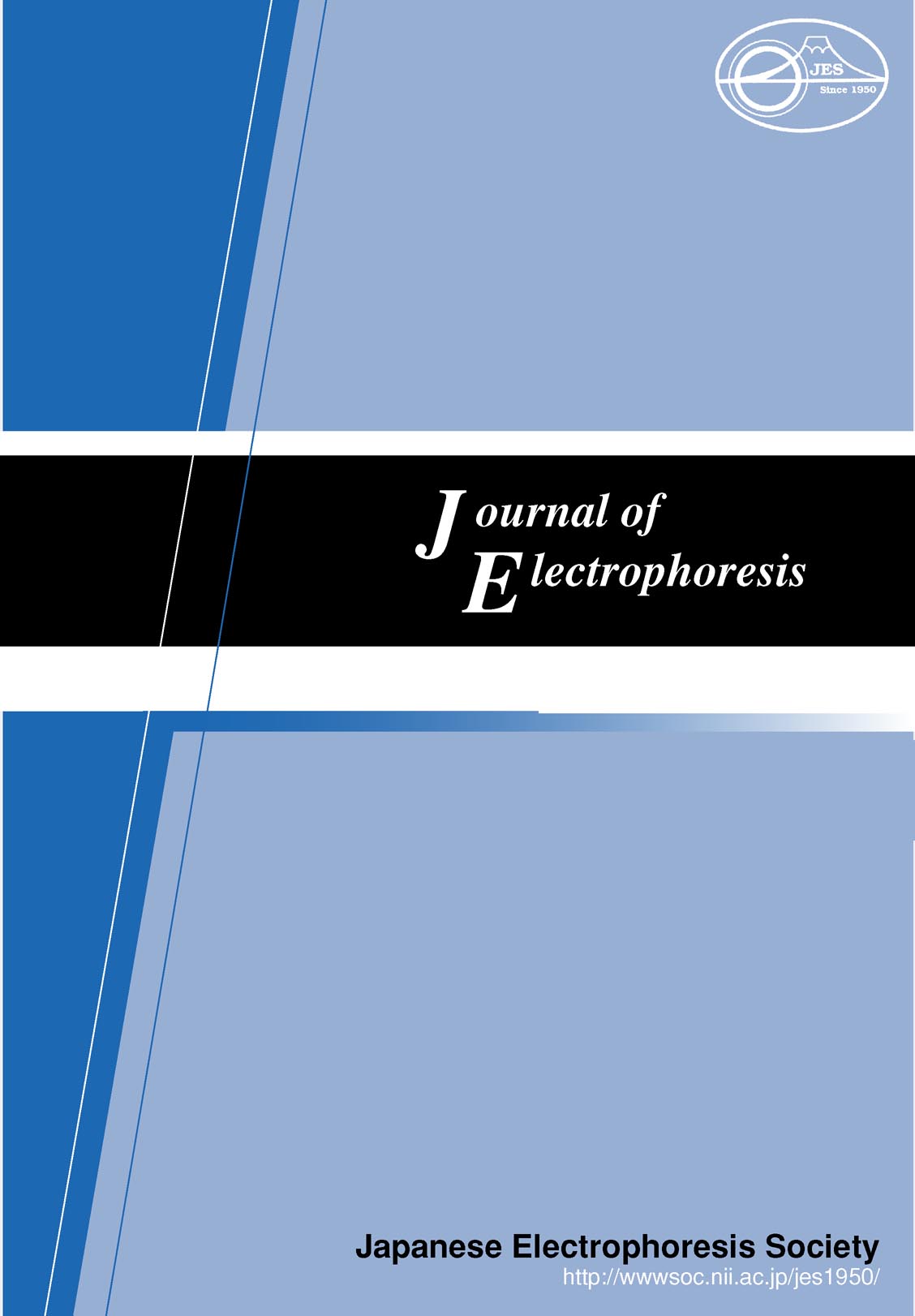Background: Urinary exosomal proteins have recently emerged as important candidates for elucidating the mechanisms underlying physiological events and disease-related metabolism in the kidney. Here, we evaluated standard sample preparation methods for two-dimensional gel electrophoresis (2DE) to determine which one yielded the maximum protein recovery from urinary exosomes for protein identification.
Materials and Methods: Urinary exosomes were purified from a healthy subject by using ultracentrifugation. The final pellets were dissolved with PBS or RIPA buffer. After being desalted, these exosomal protein solutions were each treated with 1 of 4 rehydration buffers (Rbs) containing detergents in the following formulations: CHAPS (Rb1), CHAPS and Triton X-100 (Rb2), dodecyl maltoside (Rb3), and ASB-14 (Rb4).
Results: For all Rbs, a much greater number of protein spots was detected in the samples isolated with RIPA than with PBS. Only minor differences were observed in the number of protein spots for Rb1-3. The largest protein spots were detected using the combination of RIPA buffer and Rb4; however, the background on the 2DE gel was high in the region of >66 kD and at the lower pH values. For all combinations, the co-precipitation of the urinary Tamm-Horsfall protein masked the protein spots in the 66-100 kD region.
Conclusion: For extracting a large number of proteins with a relatively clear background on silver-stained 2DE gels, the optimal exosomal protein-dissolving buffer is RIPA buffer. All of the evaluated Rbs, except for the one containing ASB-14 as a detergent, is suitable for solubilizing exosomal proteins on 2DE.
View full abstract
